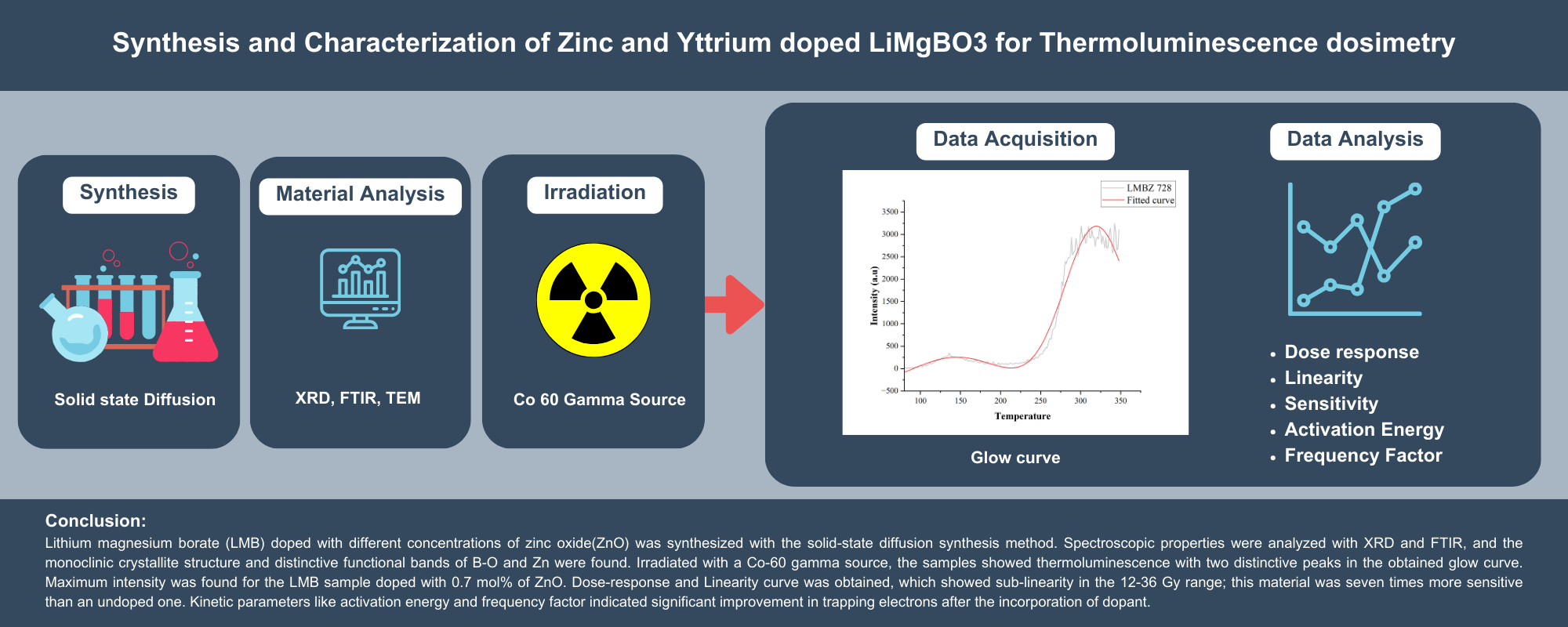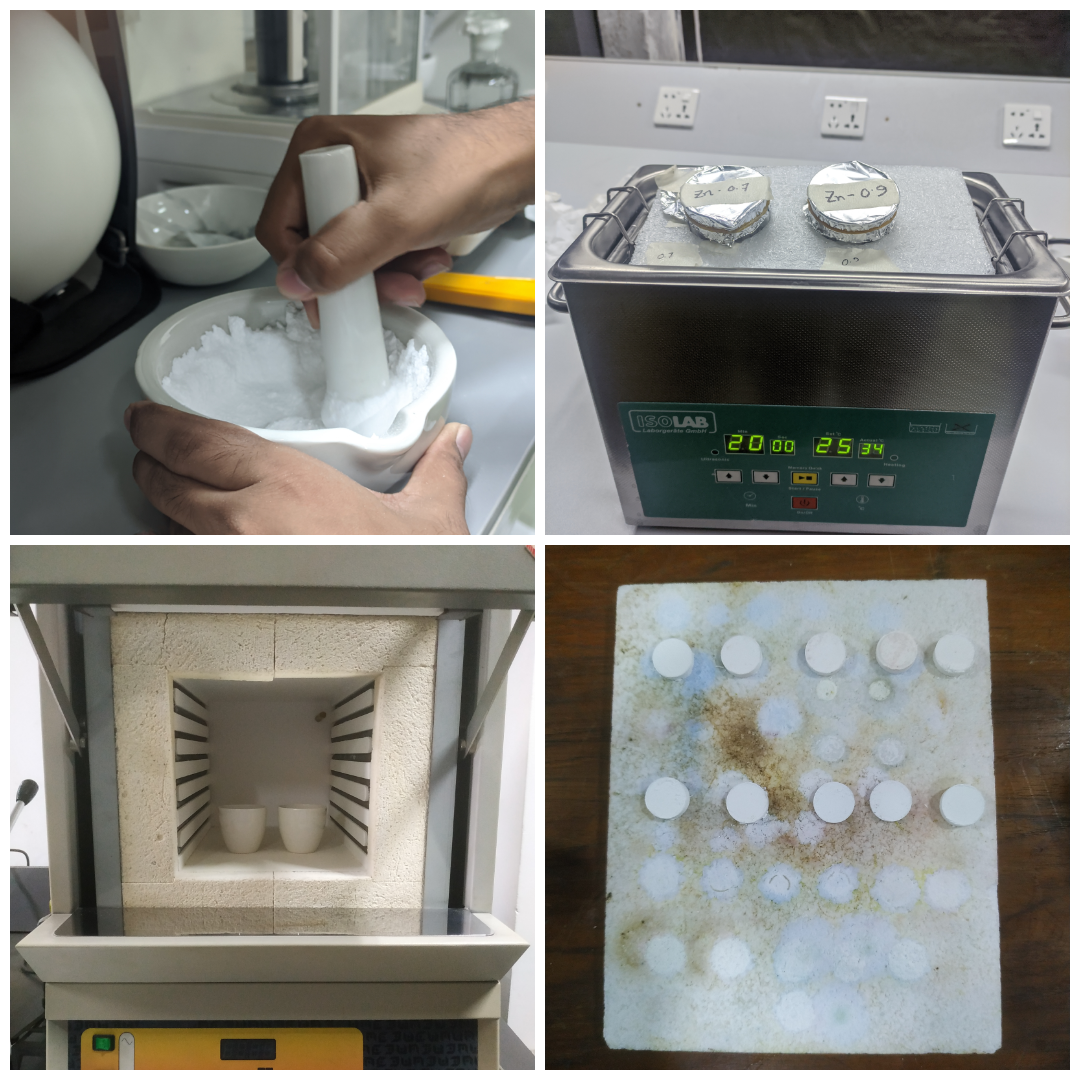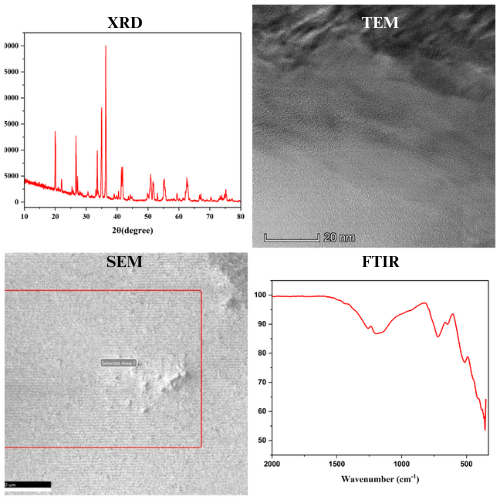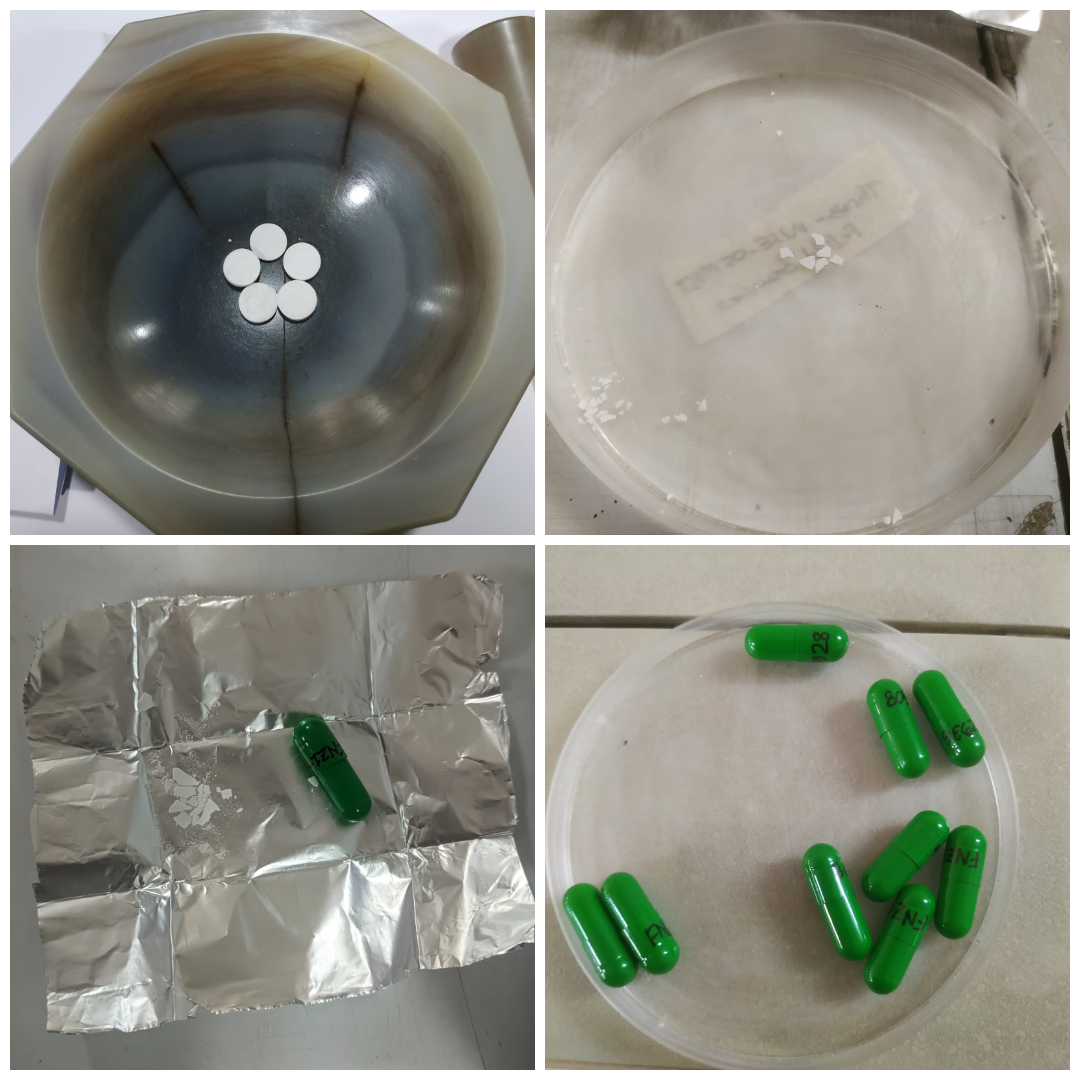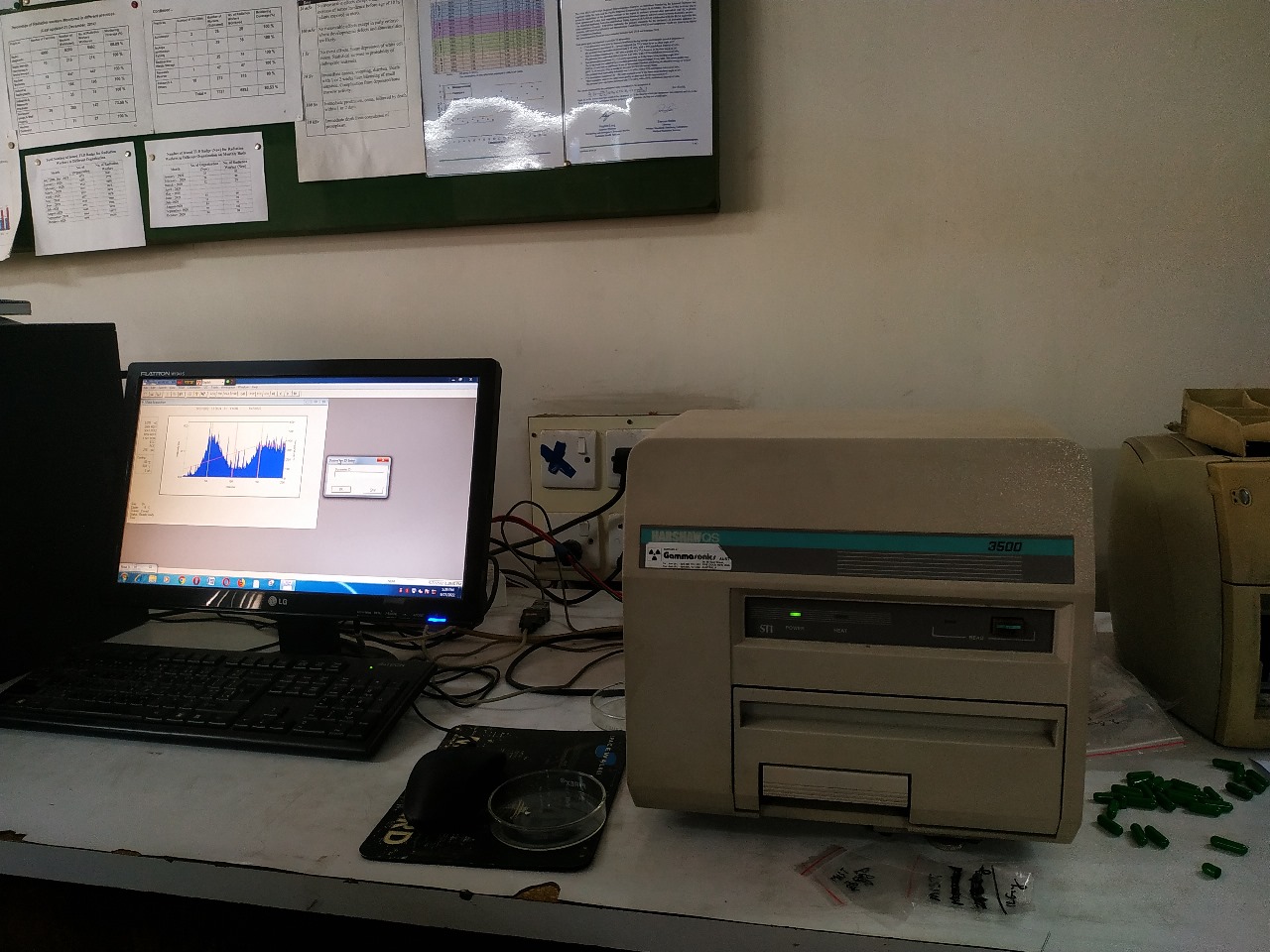Thermoluminescence Dosimetry Research
Project Overview
This research focused on the synthesis and characterization of Zinc and Yttrium doped Lithium Magnesium Borate (LiMgBO3) for use in Thermoluminescence dosimetry. The study aimed to develop and assess new materials for improved radiation detection and measurement. This research took place at the Atomic Energy Center Dhaka, Bangladesh.
Supervisors

Dr. MD. AL-MAMUN
Principal Scientific Officer, Materials Science Division
Atomic Energy Centre, Dhaka
Bangladesh Atomic Energy Commission
Supervisor for Materials Synthesis, Characterization and Analysis
mamunfh@yahoo.com; mdalmamun@cantab.net; mamunfh@baec.gov.bd
LinkedIn
Dr. A.K.M. Mizanur Rahman
Chief Scientific Officer, Health Physics Division
Atomic Energy Centre Dhaka
Bangladesh Atomic Energy Commission
Supervisor for Radiation Dosimetry
mizanbaec14@gmail.com; mizanbaec@baec.gov.bd

Md. Sifatul Muktadir
Assistant Professor
Department of Nuclear Science and Engineering
Military Institute of Science and Technology (MIST), Dhaka
Supervisor for Materials Synthesis and Analysis
sifat.eee.09@nse.mist.ac.bd
LinkedInResearch Methodology
- Synthesis of LiMgBO3:Zn,Y using solid-state reaction method
- Characterization of physical properties using X-ray diffraction (XRD), Fourier-transform infrared spectroscopy (FTIR) and Transmission electron microscopy (TEM)
- Gamma irradiation of samples using Co-60 source
- Thermoluminescence measurements using TLD reader
- Analysis of glow curves and dosimetric properties
Key Findings
- Successful synthesis of LiMgBO3:Zn,Y with varying dopant concentrations
- XRD analysis confirmed the formation of desired crystal structure
- FTIR spectroscopy revealed characteristic bonds of the synthesized material
- Thermoluminescence glow curves showed distinct peaks related to electron traps
- Dose response curves demonstrated linear behavior in the studied dose range
Results and Impact
The research demonstrated the potential of LiMgBO3:Zn,Y as a thermoluminescent dosimeter material. Key outcomes include:
- Improved sensitivity compared to undoped LiMgBO3
- Monoclinic crystal structure with nanoscale crystallite size
- Good linearity in dose response over a wide range
- Potential for use in personal and environmental dosimetry
This study contributes to the ongoing research in developing new and improved materials for radiation dosimetry, which is crucial for radiation protection in various fields including medical physics, nuclear energy, and space exploration.
Future Work
Based on the findings of this research, future work could include:
- Optimization of dopant concentrations for enhanced sensitivity
- Investigation of other rare earth elements as co-dopants
- Study of the material's response to different types of radiation (e.g., beta, neutron)
- Development of practical dosimeters using the synthesized material
- Long-term stability studies under various environmental conditions
- Exploration of potential applications in medical dosimetry and space radiation monitoring
Related Publications
- "Exploring the Effect of Zinc Doping on the Thermoluminescence Behavior of Lithium Magnesium Borate Exposed to Gamma Radiation," Under Review, Journal of Radiation Research and Applied Sciences (JRRAS).
Acknowledgements
This research was conducted at the Atomic Energy Centre Dhaka, Bangladesh, with support from the Bangladesh Atomic Energy Commission and the Military Institute of Science and Technology (MIST). We are grateful for their facilities and resources that made this study possible.
.png)
